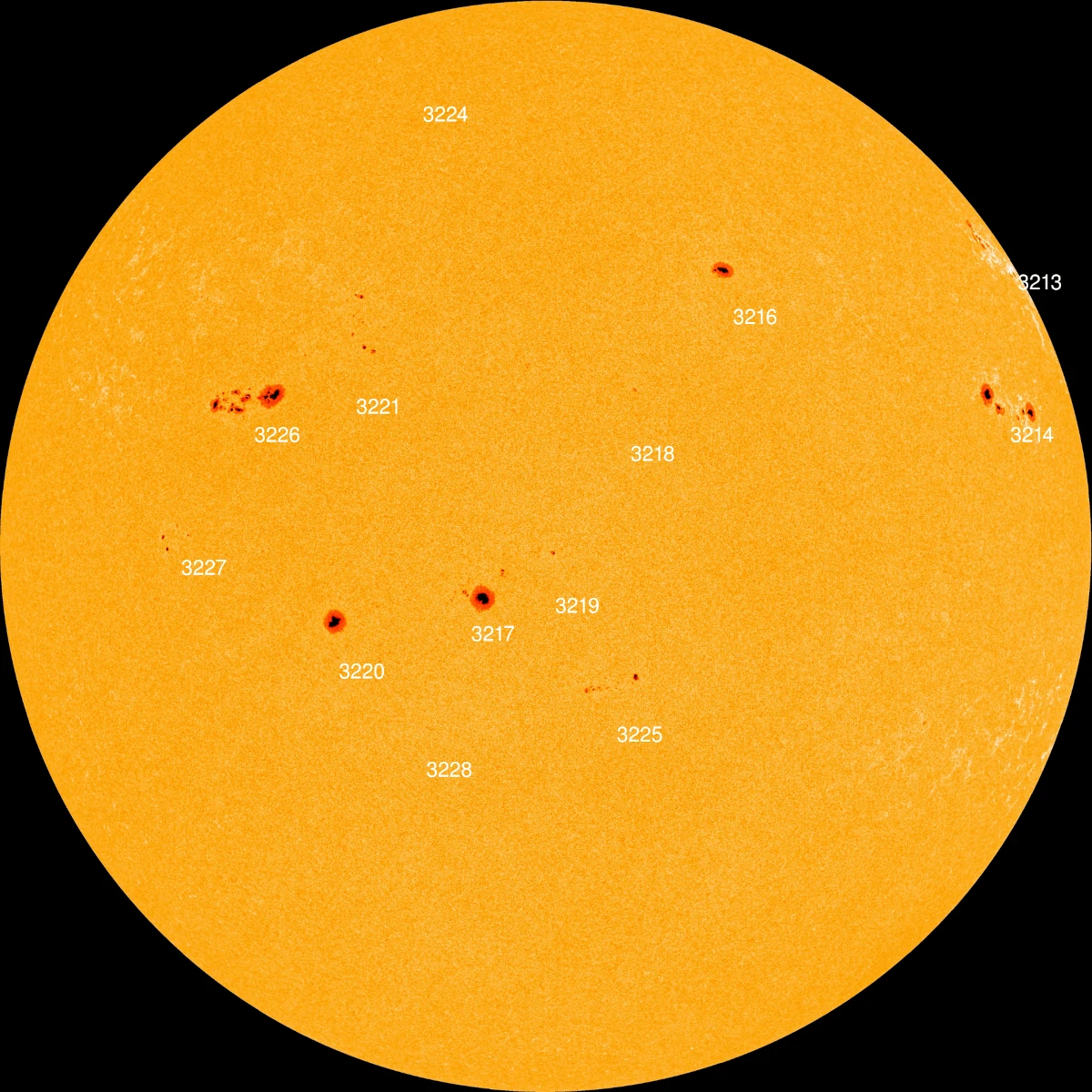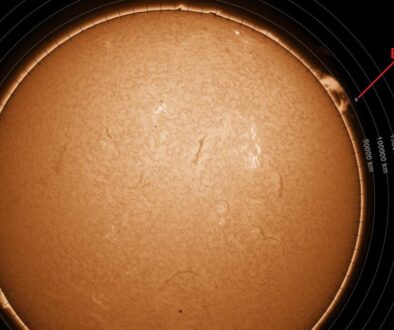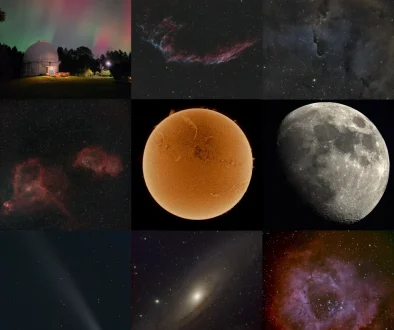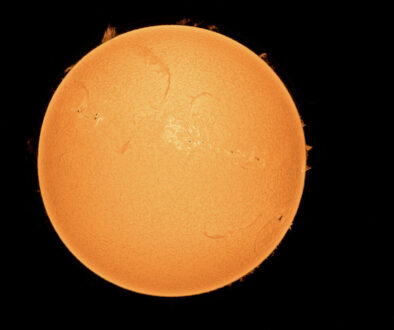Capturing the Sun’s Activity: A Solar Imaging Adventure
A few days ago I decided to turn my attention to our home star: the Sun. With my Celestron C8 SCT, a 0.63x focal reducer, a Celestron Eclipsmart solar filter (never look directly at the sun!!!), and the ZWO ASI533MC PRO camera, I was ready to capture the Sun’s activity.
I attached the solar filter to my telescope and connected the camera to my laptop. I then launched a capturing software, SharpCap, adjusted the telescope focus, the camera settings (exposure time and gain) and capture started capturing a few videos of the Sun.
It was impressive to see how active the Sun. Dozens of sunspots are scattered across its surface. This is not surprising, as the Sun is approaching its maximum for the current cycle, making it an exciting time for solar imaging enthusiasts.
Using SharpCap’s live stacking feature, I was able to stack multiple videos to create a final image. This helped to reduce noise and improve the overall quality of the image. I also used software tools such as GIMP and Topaz Denoise AI to adjust the color balance, contrast, and sharpness of the image.
The final result was a stunning image of the Sun, showcasing its complex and dynamic nature.
In conclusion, solar imaging is a rewarding and exciting aspect of astrophotography. With the right equipment and software, anyone can capture the Sun’s activity and contribute to the study of our nearest star. If you’re interested in exploring solar imaging, I highly recommend giving it a try – you won’t be disappointed!
Here you can see the final processed image, with dozens of complex sunspots as well as solar granules on the solar limbs.
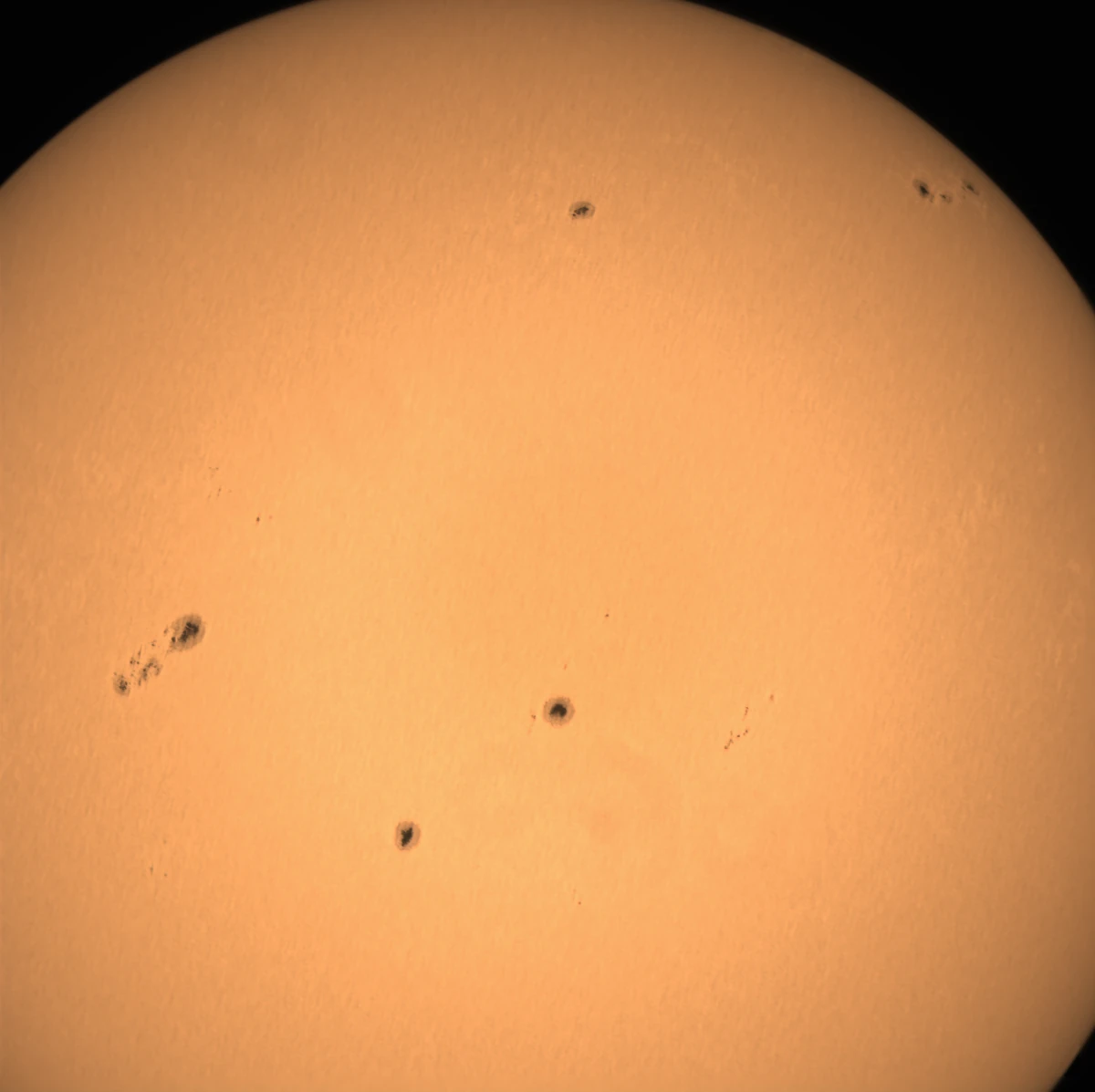
This image with the labels for the sunspots is from SpaceWeather.com
